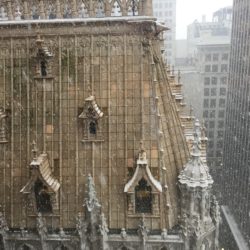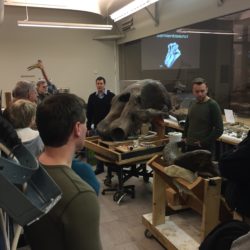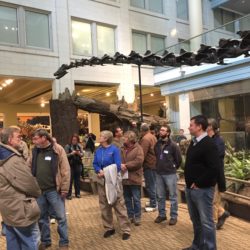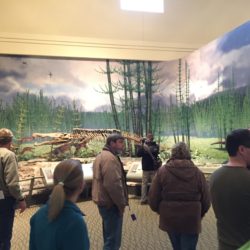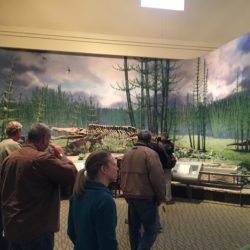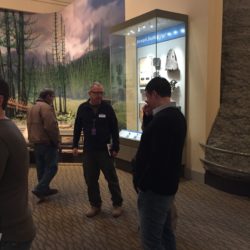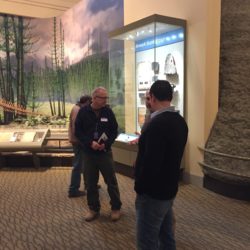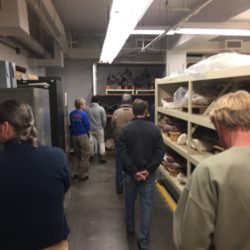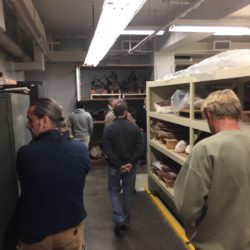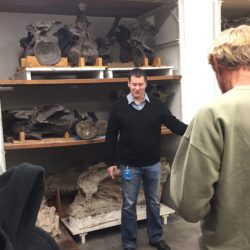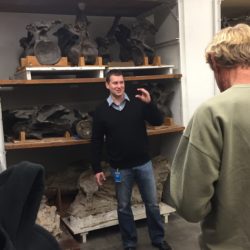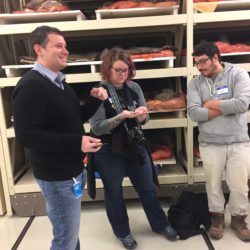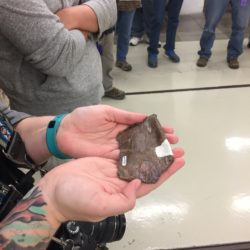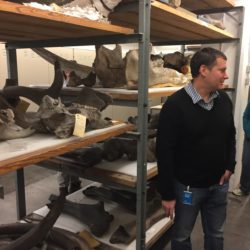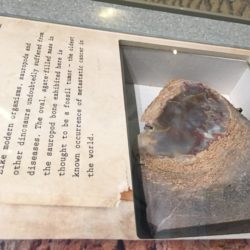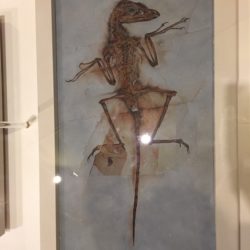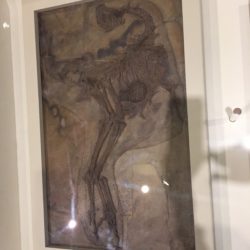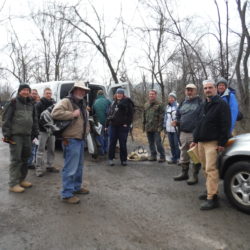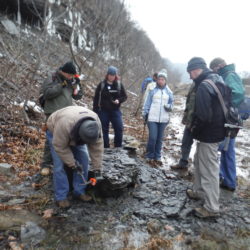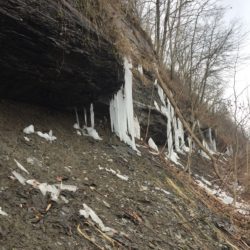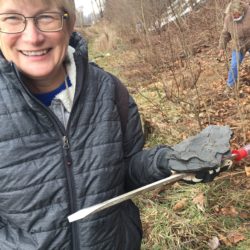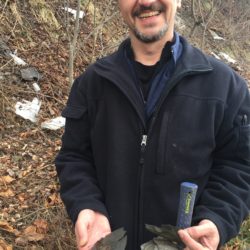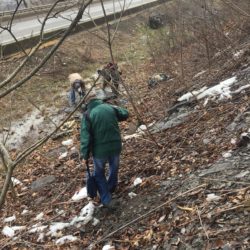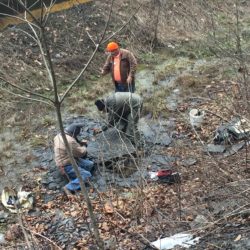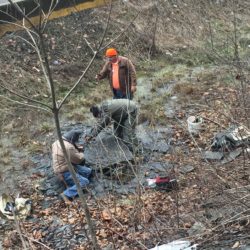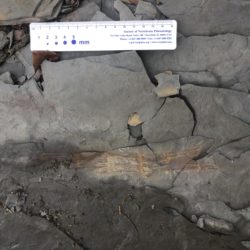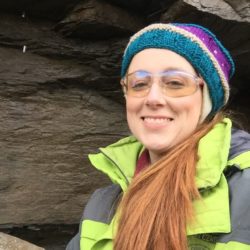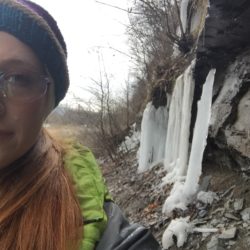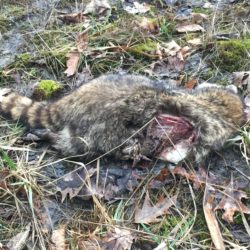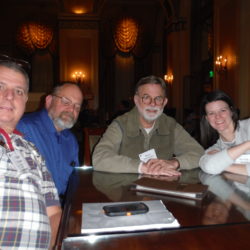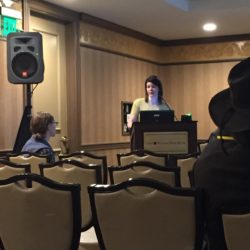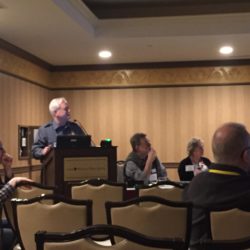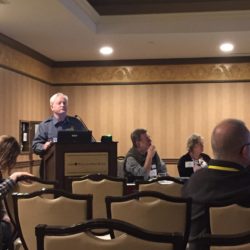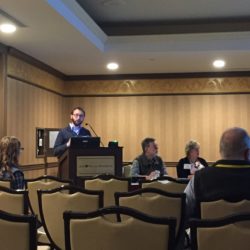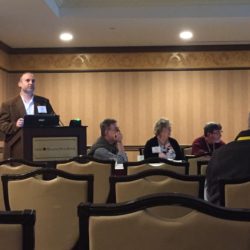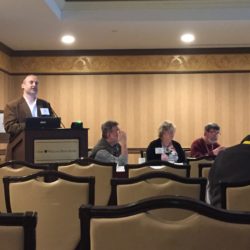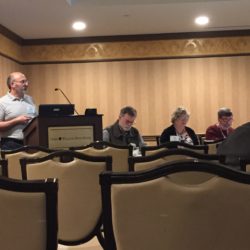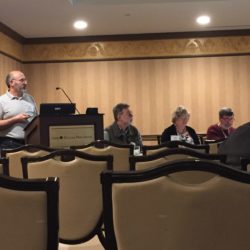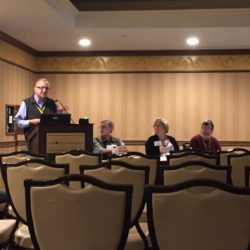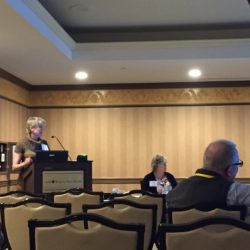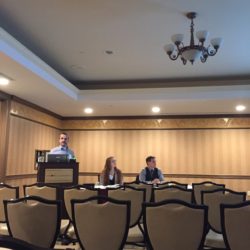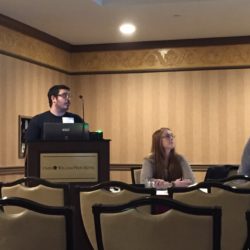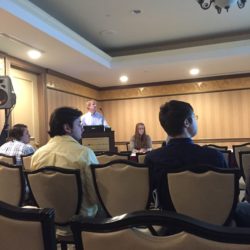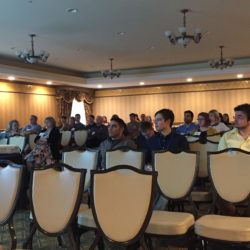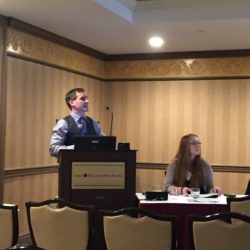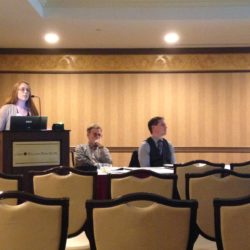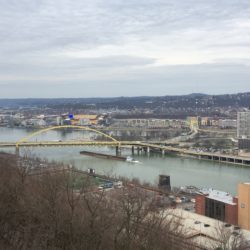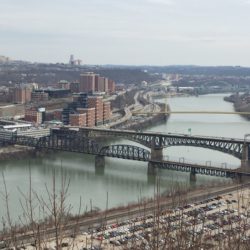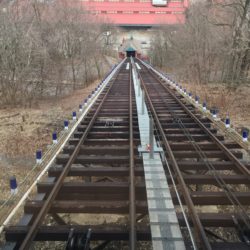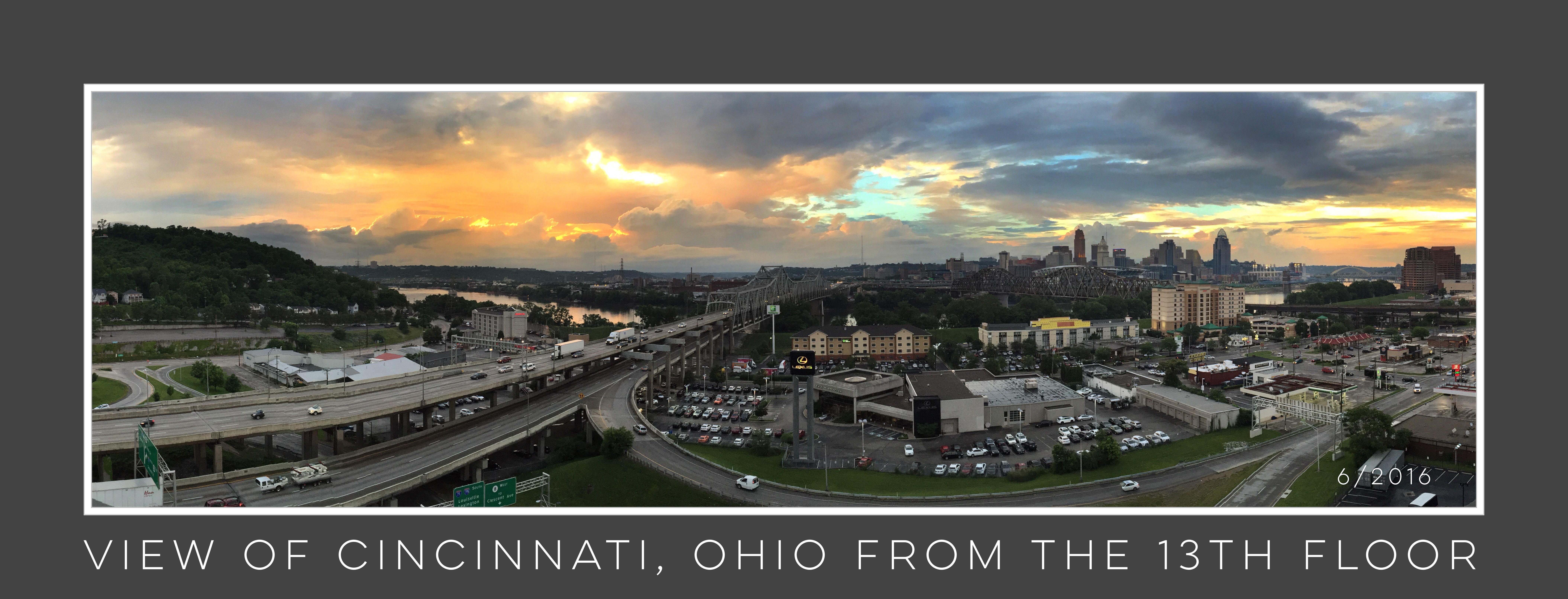The Paleontological Society Outreach and Education Grant provides support to members for programs and activities involving educational outreach and community engagement. Potential fundable projects include, but are not limited to, field trips to fossil sites and/or museums for teachers and pre-college students, educator training and curriculum development, participation in local community initiatives, development of educational materials for classroom use, and website or other online material development.
The subject matter covered by outreach proposals may fall within any sub-discipline of paleontology/paleobiology. Particularly encouraged are projects that (1) include opportunities for undergraduate students to become involved in paleontological outreach to younger students or the public, (2) create new educational “apps” or other technologies, and/or (3) produce educational materials that could be distributed more widely through the PS website.
Prior recipients of a PS Outreach and Education Grant must wait one year before being eligible to submit another application (e.g., a 2016 grant recipient must wait until 2018 to submit another proposal). Prior recipients must also submit their required final report on the funded project before being eligible to apply for a second award.
Amount of Grant:
The Paleontological Society will issue grants of up to $2,500 each; the number of awards to be made is flexible.
Deadline:
Typically the third week in March each year
Who May Apply?
Applicants must be members of the Paleontological Society at the time of application. Graduate student applicants should provide documentation of a professional member’s willingness to serve as advisor for the project.
How to Apply:
Applications for a PS Outreach and Education Grant must include –
A project proposal, three to five pages in length, which must include:
-a project title
-names and contact addresses of participating personnel
-the proposer’s Paleontological Society Member Number
-a brief synopsis of the project
-target audience (e.g., grade level, in-service teachers, the public)
-project description
-goals of the project
-expected outcomes (including how they will be assessed)
-timeline
-a discussion of the significance to the science education community
-a detailed, itemized budget with justification of the uses of the PS Education & Outreach funds (We cannot pay overhead or indirect costs. Matching funds from other sources are strongly encouraged.)
-a one page CV for each of the project personnel.
All applications must be submitted electronically by completing and submitting the form at http://paleosoc.org/grants-and-awards/paleontological-society-outreach-and-education-grant/. The cover sheet, research proposal, and CV must be sent in one PDF file as a form attachment.
An email message of confirmation will be sent to all applicants. Your email address, institutional affiliation, address, and telephone number are required, as are names and addresses of two professional paleontologists who are writing letters of support.
PS Education and Outreach Coordinator:
Dr. Rowan Lockwood
Professor of Geology
The College of William and Mary
[email protected]
Review Process:
Grantees will be selected by a subcommittee of the Paleontological Society’s Education & Outreach Committee. Evaluation criteria include the goals, significance, feasibility, creativity, and likely impact of the project, and the soundness of the budget. Recipients will be notified in mid May each year.
Grant Award Procedures:
Grant awards can be made directly to individuals or to institutions. Please be advised that if a grantee opts to receive the funds directly, the Paleontological Society is required to issue an IRS 1099 form at the end of the calendar year. The grant funds may or may not be taxable; grantees must make that determination themselves. The Society cannot offer tax advice. Grantees are required to submit a follow-up project report by the following March detailing the project’s outcomes. Details on the reporting requirements will be sent to all grantees.
